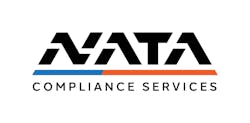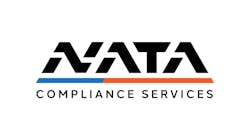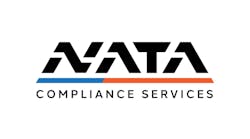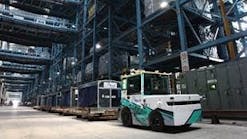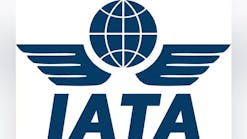Many workplaces require employee identification. But depending on the type of work being performed and the security requirements at a specific location, ID badge requirements may vary.
At an airport for example, Tyler Bartoo, client success specialist at NATA Compliance Services (NATA CS) explained during NATA CS’s recent Crew Badging: Best Practices and Benefits webinar, security is priority. Those responsible for airport badging must make sure their IDs meet the airport’s security needs.
Basic vs. Secure Badges
A basic badge can be found in many places – even in retail settings.
A basic badge, Bartoo says, will include the employer or company’s name, the employee’s name, a full-faced image of the employee, an employee ID number and perhaps an expiration date.
“That's kind of your most basic stuff,” Bartoo says.
To take a step beyond basic badging and adhere to a TSA-regulated ID media plan at a given airport, several security features can be incorporated into ID badges. These added security features may include instant verification, real-time updating, biometric data, counterfeit deterrence and identifiable positions, Bartoo notes.
“A secure badge is going to have some sort of instant verification – some way for that to be checked by security at different locations, in real time,” he says. “Real-time updating goes along with that. It can have the employee’s status with the company that can be updated, again in real time, and then be verified.”
Biometric data offers more security than a simple photo of the badge holder. Descriptions that include hair color, eye color, height and other physical attributes help security personnel properly identify the badge holder.
Counterfeit deterrence makes reproduction of the badge more difficult. As a result, security personnel can quickly identify fake identification badges.
Since different types of employees have various responsibilities and access requirements, including identifiable positions on ID badge is key.
“The needs of where someone who's a customer support person may need to go on the airport or on your property is different than where a pilot or a mechanic may need to go,” Bartoo says. “That can also help security identify if someone is where they should be.”
Bartoo adds employee badges should also be compliant with recommendations set forth by the International Civil Aviation Organization (ICAO).
